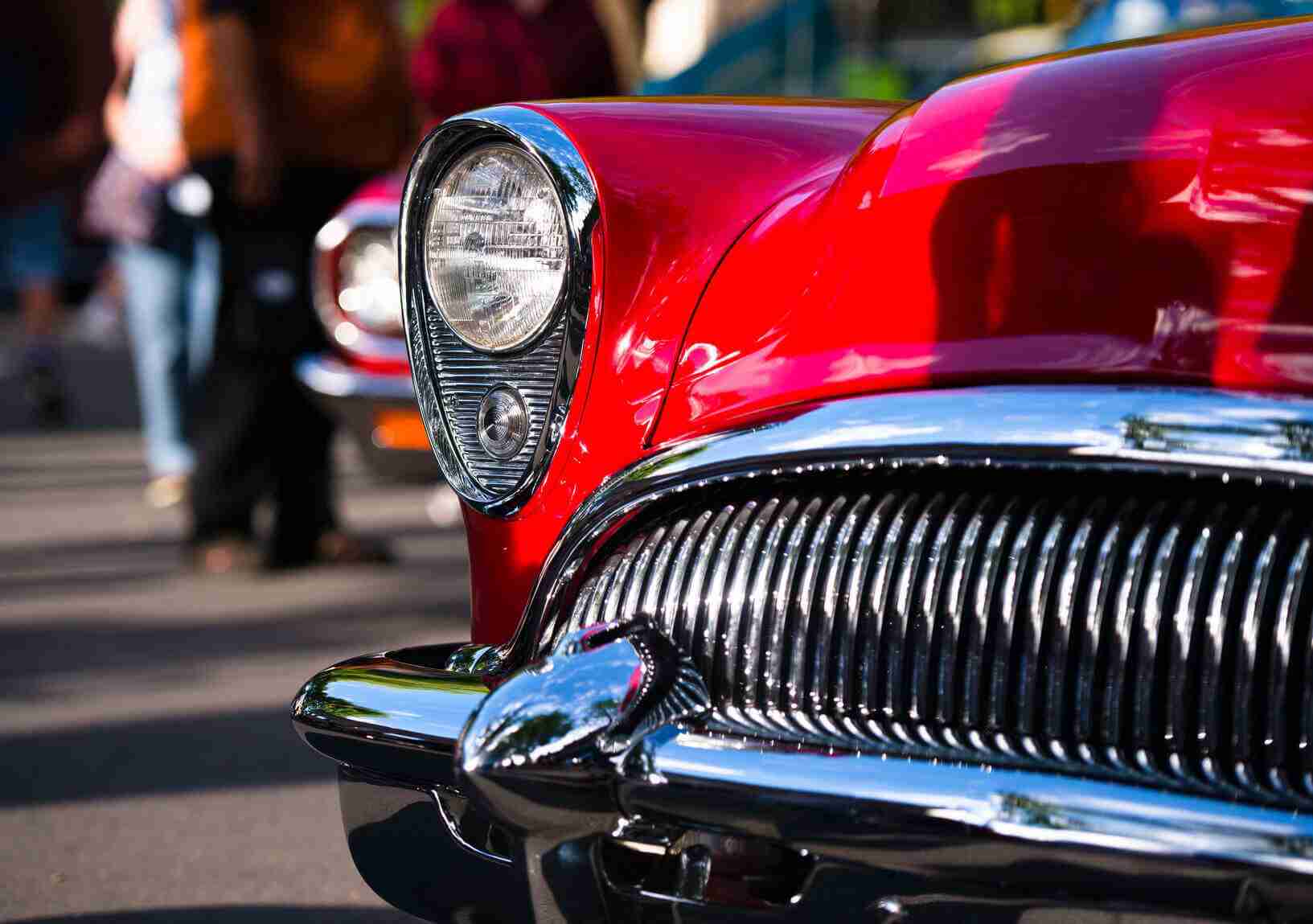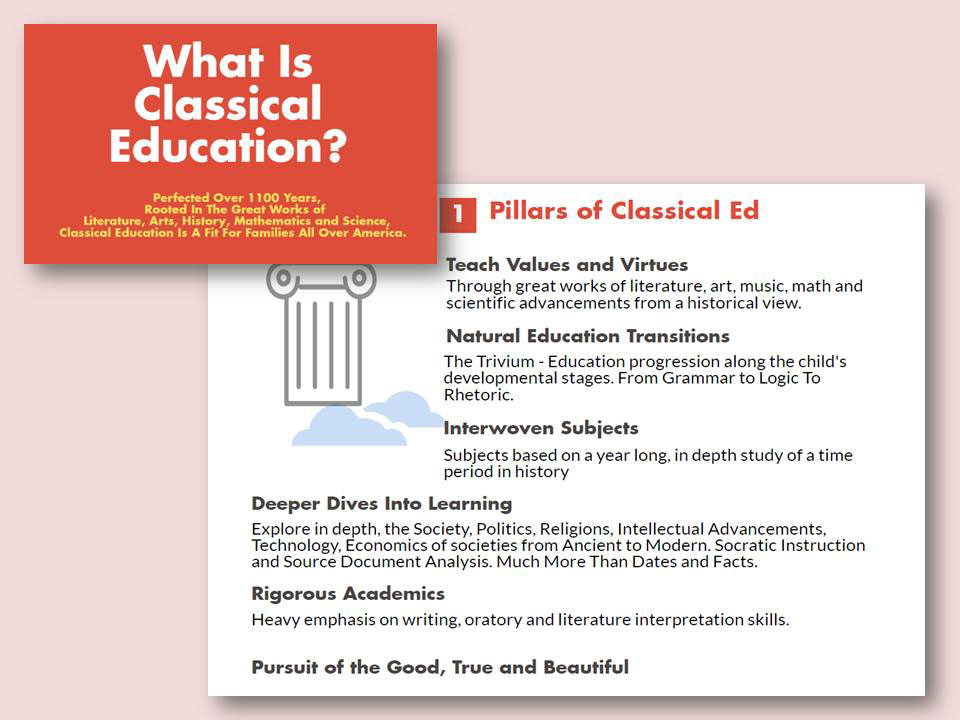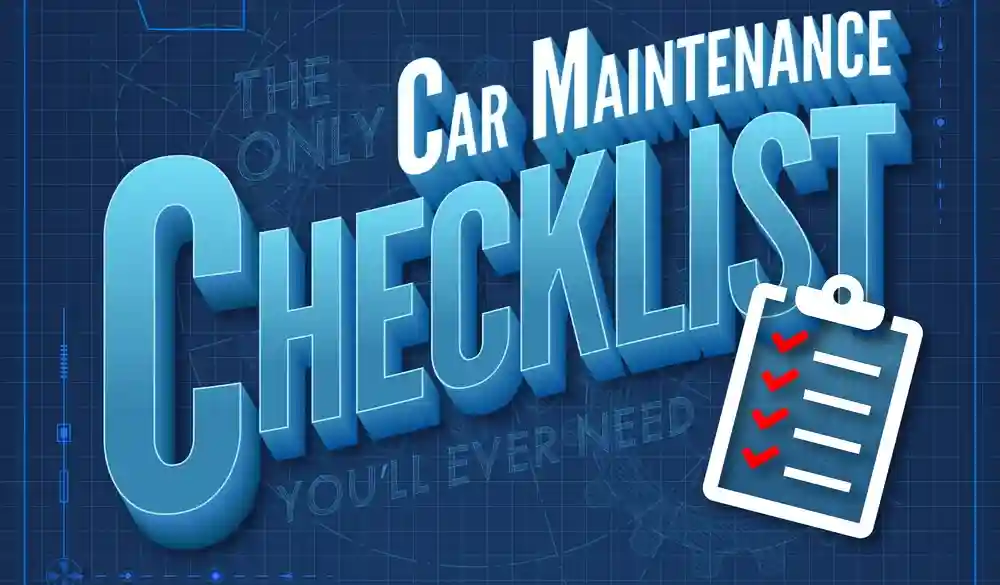Restoring Classic Cars: A Step-by-Step Guide
Mia Wilson

Photo: Restoring Classic Cars: A Step-by-Step Guide
Restoring classic cars is a passion project for many enthusiasts, blending history, craftsmanship, and mechanical ingenuity. Whether you're looking to relive the nostalgia of a bygone era or aiming to increase the value of a rare vehicle, restoring a classic car is a rewarding journey. This guide will take you through the entire process, ensuring that you approach your project with confidence and clarity.
Introduction to Classic Car Restoration
Classic cars are more than just vehicles they are symbols of heritage, art, and engineering marvels from the past. Restoring a vintage automobile allows you to bring a piece of history back to life, preserving its charm while enhancing its functionality. However, this endeavor requires time, patience, and a clear roadmap to avoid common pitfalls.
Whether you're restoring a rusty gem found in a barn or upgrading a partially restored vehicle, following a structured approach is essential to ensure the best results.
Step 1: Choosing the Right Car
Before you can dive into restoration, selecting the right car for your project is critical. Here’s how to decide:
- Assess Your Skills: Are you a beginner or an experienced restorer? For beginners, it’s advisable to start with a car that requires cosmetic work rather than extensive mechanical repairs.
- Set a Budget: Restoration costs can vary widely, from a few thousand dollars to tens of thousands. Factor in the price of parts, tools, and professional help, if needed.
- Check for Availability of Parts: Research the availability and cost of parts for the model you plan to restore. Some classic cars have readily available reproduction parts, while others require extensive searching or custom fabrication.
- Inspect the Car’s Condition: Look for structural integrity, especially rust in critical areas like the chassis and floor pan. A well-documented history can also add value and simplify the restoration process.
Step 2: Planning and Research
A successful restoration begins with thorough planning.
- Set Clear Goals: Decide whether you want a full restoration to original specifications or a resto-mod (restoration with modern upgrades).
- Gather Resources: Purchase manuals, join classic car forums, and connect with other enthusiasts to gather valuable insights.
- Create a Timeline: Restoration projects can take months or even years. Establish realistic milestones to stay motivated and on track.
- Budget Management: Allocate funds for every stage of the process, leaving room for unexpected expenses.
Step 3: Disassembly
Disassembling the car is one of the most critical steps. Carefully label and catalog every part to make reassembly smoother.
- Photograph Everything: Take pictures of the car from various angles to document how components are arranged.
- Use Storage Solutions: Organize nuts, bolts, and small parts in labeled containers. Larger parts should be cleaned and stored safely.
- Inspect Components: As you disassemble, assess which parts can be reused, refurbished, or need replacement.
Step 4: Addressing Rust and Bodywork
Rust is the enemy of classic cars. Addressing it early ensures structural safety and aesthetic appeal.
- Rust Removal Techniques: Use methods like sandblasting, chemical treatments, or grinding to eliminate rust.
- Bodywork Repairs: Patch holes, straighten panels, and replace damaged sections as needed. Professional welding might be necessary for extensive repairs.
- Priming and Sealing: Once the rust is treated, apply primer and sealants to prevent future corrosion.
Step 5: Restoring the Engine and Mechanical Systems
The heart of any classic car is its engine. Restoring or replacing the engine ensures reliability and performance.
- Engine Rebuild: Inspect the engine for wear, and replace components like pistons, gaskets, and timing belts.
- Suspension and Brakes: Upgrade the suspension for better handling and replace brake components to meet modern safety standards.
- Transmission and Drivetrain: Overhaul these systems to ensure smooth operation.
Step 6: Electrical System Overhaul
Classic cars often have outdated wiring, which can lead to safety hazards.
- Replace Old Wiring: Consider rewiring the entire vehicle with modern materials to improve reliability.
- Upgrade Components: Install a modern alternator and battery for better performance.
- Test Thoroughly: Ensure all lights, gauges, and accessories function properly.
Step 7: Painting and Finishing Touches
The paint job is one of the most noticeable aspects of your restoration.
- Choose the Right Paint: Decide between original factory colors or a custom finish.
- Professional or DIY: While professional painting provides flawless results, skilled DIYers can save costs by using proper tools and techniques.
- Final Detailing: Add decals, chrome trims, and other finishing touches to give the car its classic appeal.
Step 8: Interior Restoration
The interior sets the tone for your classic car's ambiance.
- Upholstery: Reupholster seats, door panels, and headliners with authentic or high-quality materials.
- Dashboard and Controls: Repair or replace dashboards, knobs, and gauges to restore their original look and functionality.
- Audio and Climate: Consider adding discreet modern conveniences like Bluetooth-enabled audio systems or improved climate controls.
Step 9: Reassembly and Testing
After months of hard work, it's time to put everything back together.
- Follow Your Documentation: Use your labeled parts and photographs to guide reassembly.
- Test Systems Individually: Check electrical, mechanical, and hydraulic systems before fully assembling the car.
- Road Test: Take the car for a cautious test drive to ensure all systems work harmoniously.
Step 10: Maintenance and Preservation
Your restored classic car is now a masterpiece, but ongoing care is vital.
- Regular Inspections: Check for signs of wear, rust, or leaks regularly.
- Storage: Store the car in a climate-controlled garage to protect it from moisture and temperature fluctuations.
- Drive It: Classic cars are meant to be enjoyed. Regular driving prevents mechanical systems from seizing up.
Conclusion
Restoring a classic car is a fulfilling experience that requires dedication, skill, and a passion for automotive history. By following this step-by-step guide, you'll be equipped to tackle your restoration project with confidence, ensuring that your vintage vehicle regains its former glory. Whether you aim to showcase it at car shows or enjoy leisurely drives, your hard work will be a testament to your craftsmanship and love for classic automobiles.
So, roll up your sleeves, start your journey, and bring a piece of automotive history back to life. Happy restoring!
For You
View AllUnderstand what public-private partnerships are and how they drive infrastructure development. Click to learn more!
Mia Wilson
Stay ahead with this essential car maintenance checklist. Keep your vehicle running smoothly and avoid costly repairs. Learn now!
Mia Wilson
Step-by-step guide to setting up your own VPS quickly and easily.
Mia Wilson
Discover free activities and attractions for budget travelers. Explore more without spending a fortune!
Mia Wilson
Understand the bond market, its role in financing, and how it impacts the economy. Click to learn more!
Mia Wilson
Learn what emerging markets are, their characteristics, and their role in the global economy. Click to explore new opportunities!
Mia Wilson
Health










Education
View All
May 14, 2025
What Is Classical Education? Explained!
Discover the principles of classical education, its history, and how it fosters critical thinking. Learn the benefits today!

April 24, 2025
What Is Distance Education? Explained!
Discover how distance education works, its benefits, and how it’s transforming learning. Start your journey today!

May 29, 2025
How Technology Has Changed Education
Discover how technology is revolutionizing education, enhancing accessibility, and transforming classrooms. Learn more now!





